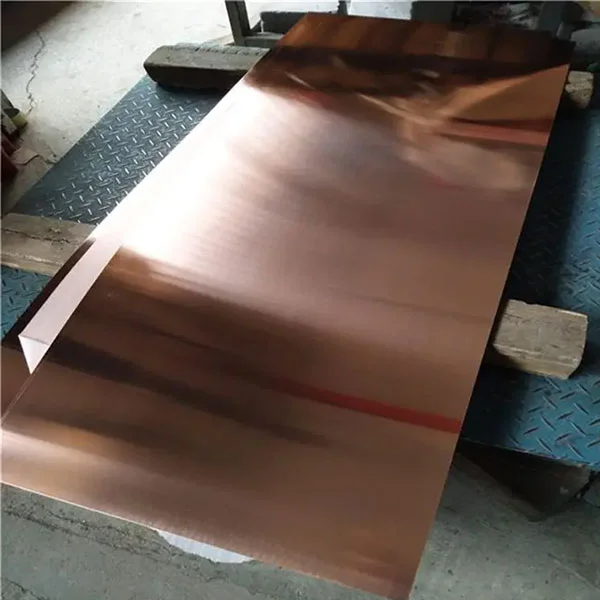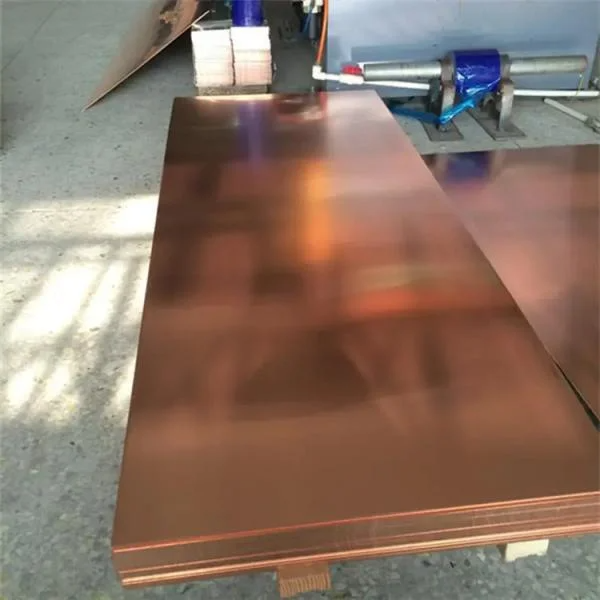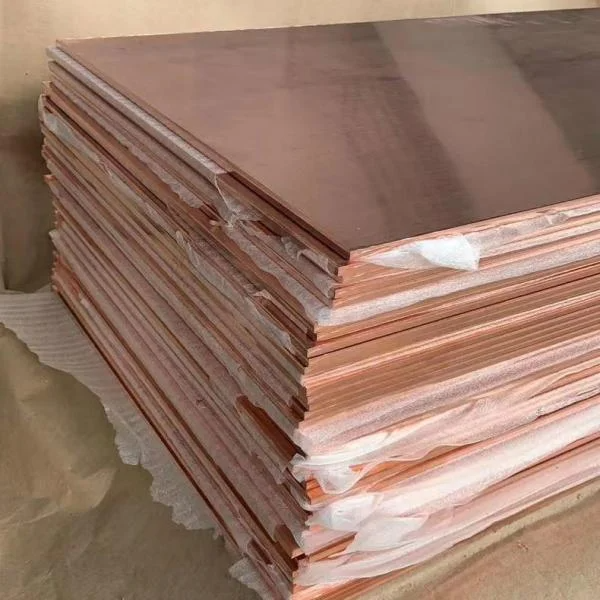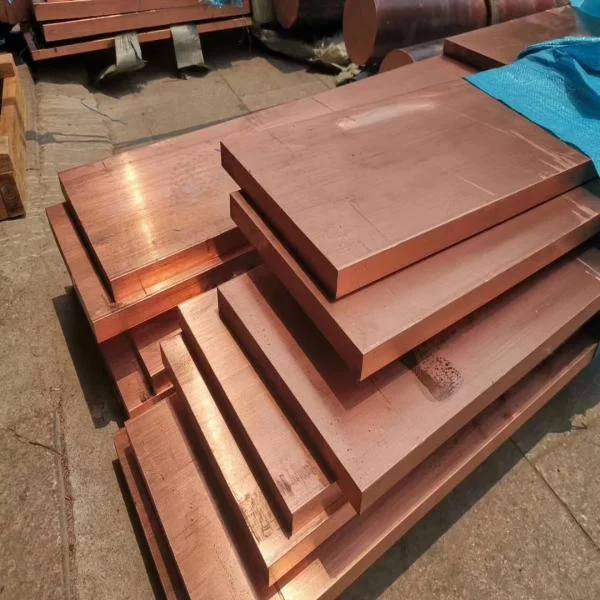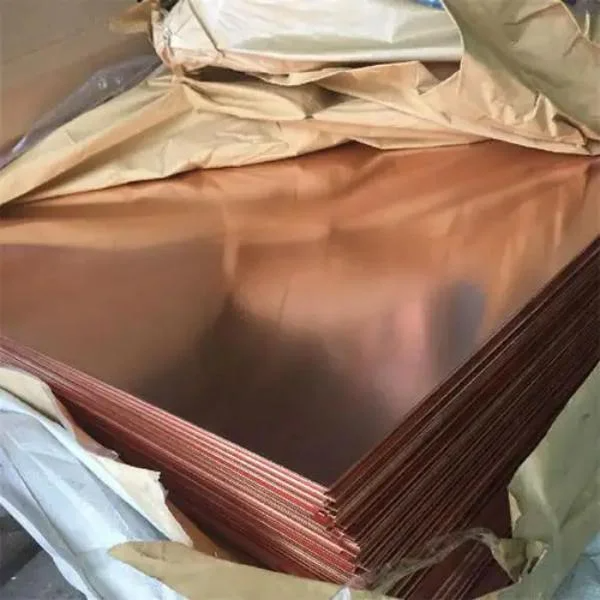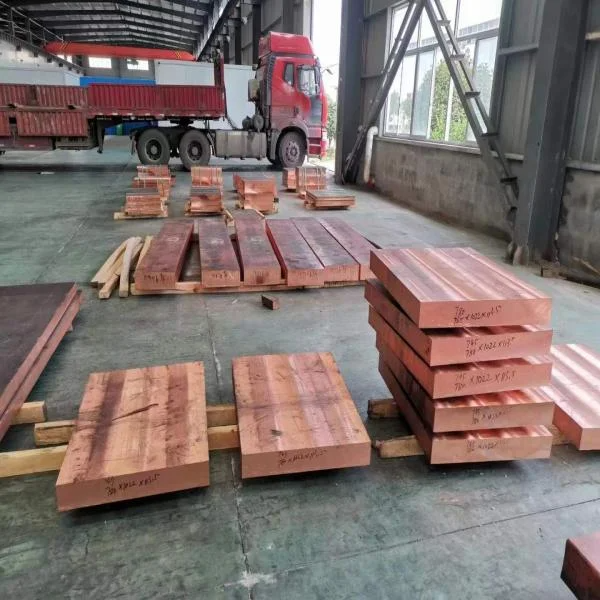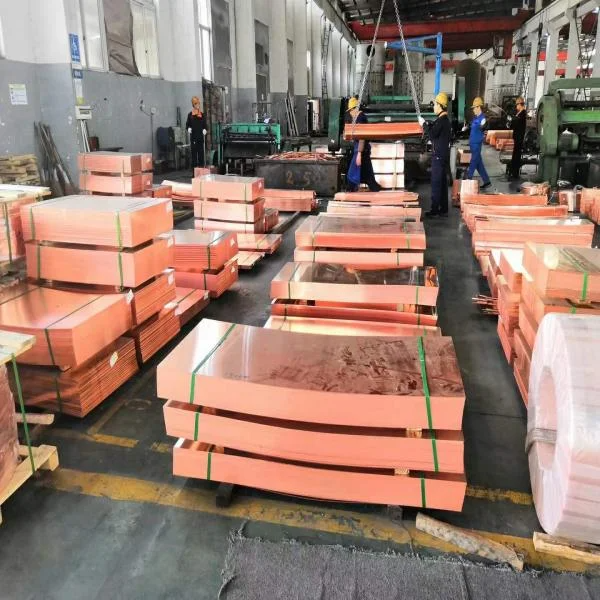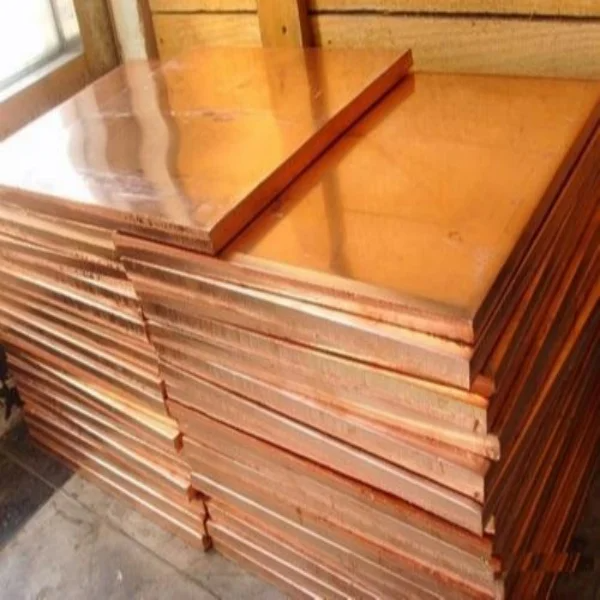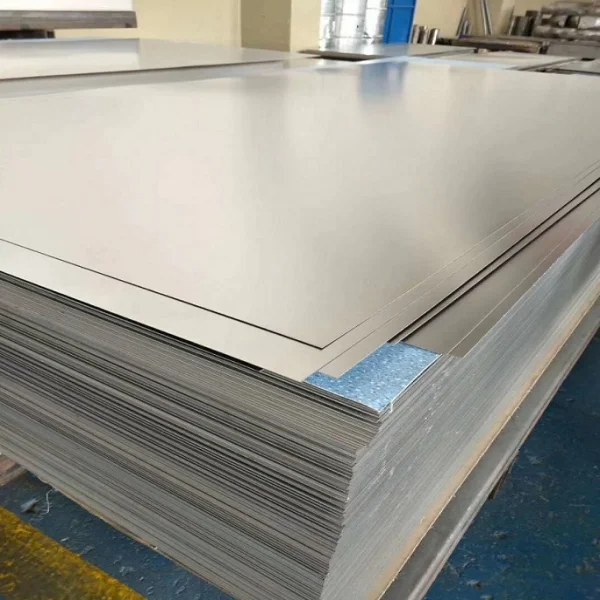
PRODUCTS
MESSAGE
Product Normal Description:
Product Name: Beryllum copper plate
Grade: C17510, CuNi2Be
Standard: ASTM B534
Product Size: 140mm x 45mm x 2000mml
State: TF00
Typical Application: Industry
Product Brand: CUBERYLLIUM®
Product Details
PRODUCT DESCRIPTION
C17510 CuNi2Be Beryllium Copper Plate 140mm*45mm*2000mm Used In Industry Application
Product Normal Description:
Product Name: Beryllum copper plate
Grade: C17510, CuNi2Be
Standard: ASTM B534
Product Size: 140mm x 45mm x 2000mml
State: TF00
Typical Application: Industry
Product Brand: CUBERYLLIUM®
Chemical Composition
Note: Copper plus additions equal 99.5% Minimum.
Beryllium Copper Alloys
Beryllium copper (C17200 & C17300) is an age-hardening alloy which attains the highest strength of any copper-base alloy. It may be age-hardened after forming into springs, intricate forms or complex shapes. It is esteemed for spring properties, erosion obstruction, soundness, conductivity, and low creep.
Tempered beryllium copper is C17200 and C17300 that has been age solidified and cold drawn. No further heat treatment is essential past a potential light pressure alleviation. It is adequately flexible to twist without anyone else measurement and can be framed into springs and most shapes. The tempered wire is most valuable where the properties of beryllium copper are wanted, yet the age solidifying of completed parts isn’t useful.
C17510 and C17500 beryllium copper alloys are age-hardenable and give great electrical conductivity, physical properties, and perseverance. They are utilized in springs and wire where electrical conduction or maintenance of properties at raised temperatures is significant.
High-quality beryllium copper combinations contain as much as 2.7% beryllium (cast), or 1.6-2% beryllium with about 0.3% cobalt (created).
High conductivity beryllium copper combinations contain as much as 0.7% beryllium with some nickel and cobalt. The thermal conductivity of these amalgams is more prominent than aluminum and somewhat not exactly unadulterated copper and are regularly utilized as electrical contacts.
Typical Physical Properties of C17510 CuNi2Be Beryllium Copper Alloy
Typical Applications of C17510 CuNi2Be Beryllium Copper Alloy
Weldability
Soldering, brazing, gas shielded arc welding, coated metal arc welding, spot welding, seam welding and butt welding are all recommended
Corrosion Resistance
Alloy 751’s corrosion resistance is similar to pure copper. It resists corrosion in sea water, most organic solutions, non- oxidizing acids, and dilute alkalis. Alloy 751 is not subject to hydrogen embrittlement, and it resists stress corrosion cracking in sulfide and chloride solutions. Alloy 751 is not recommended for use with ammonium hydroxide or strongly oxidizing acids.
Fabrication
Key Technology of Beryllium Copper(Heat treatment)
Age Hardening
Age hardening significantly enhances the material’s strength. This reaction is generally carried out at temperatures between 260°C and 540°C depending on alloy and desired characteristics. This cycle causes the dissolved beryllium to precipitate as a beryllium rich (gamma) phase in the matrix and at the grain boundaries. It is the formation of this precipitate which causes the large increase in material strength. The level of mechanical properties attained is determined by the temperature and time at temperature. It should be recognized that beryllium copper has no room temperature aging characteristics.
Message
Related Products
Please give us a message
Tel

